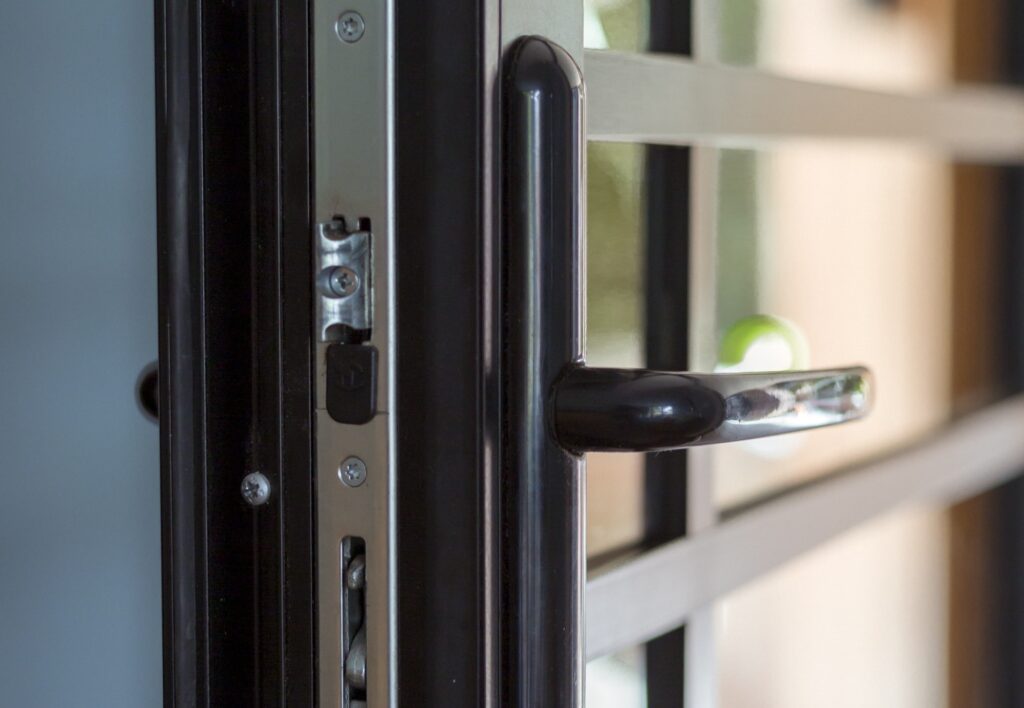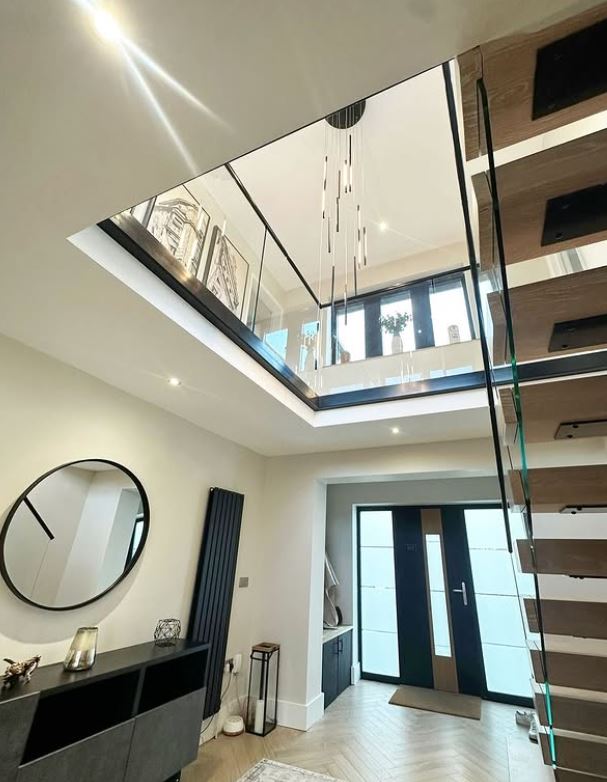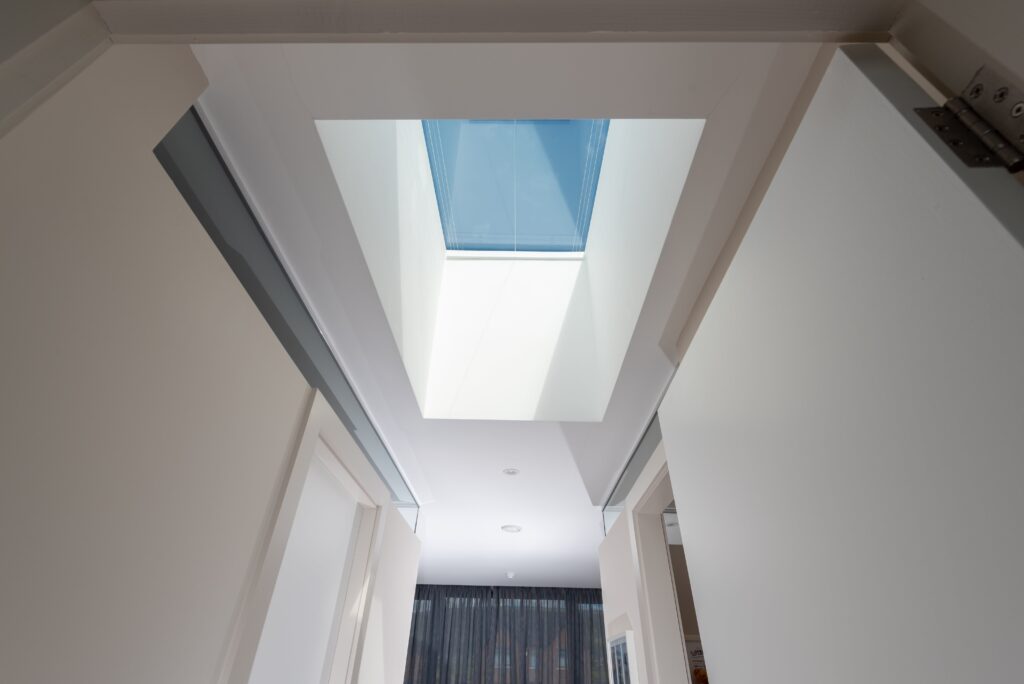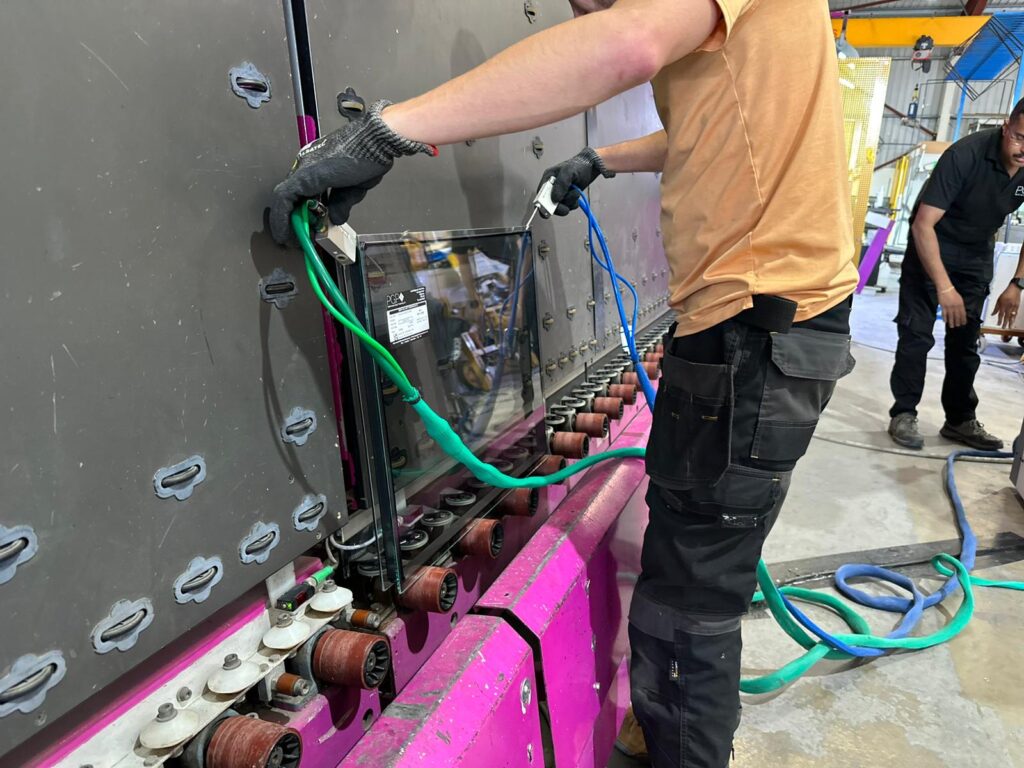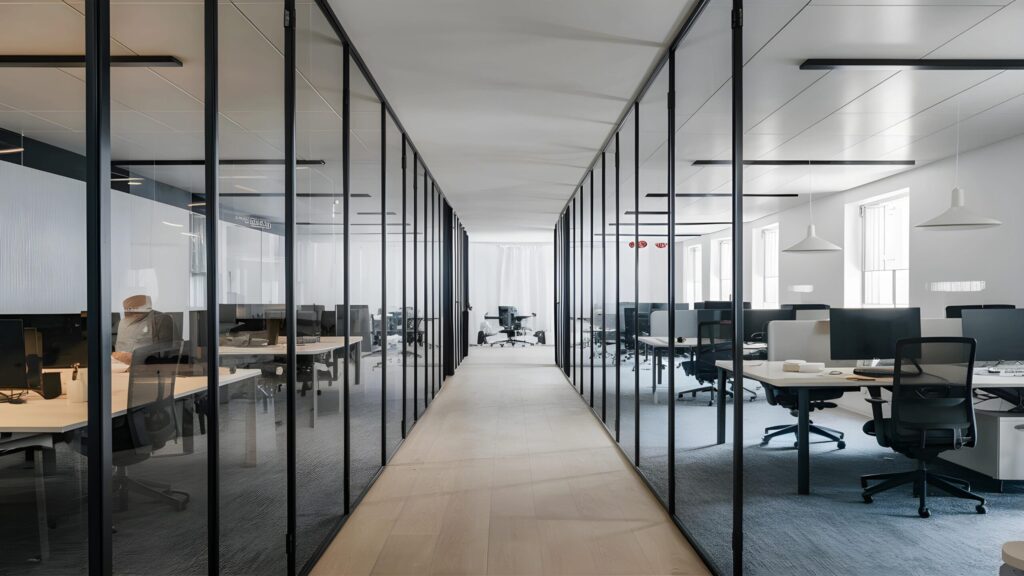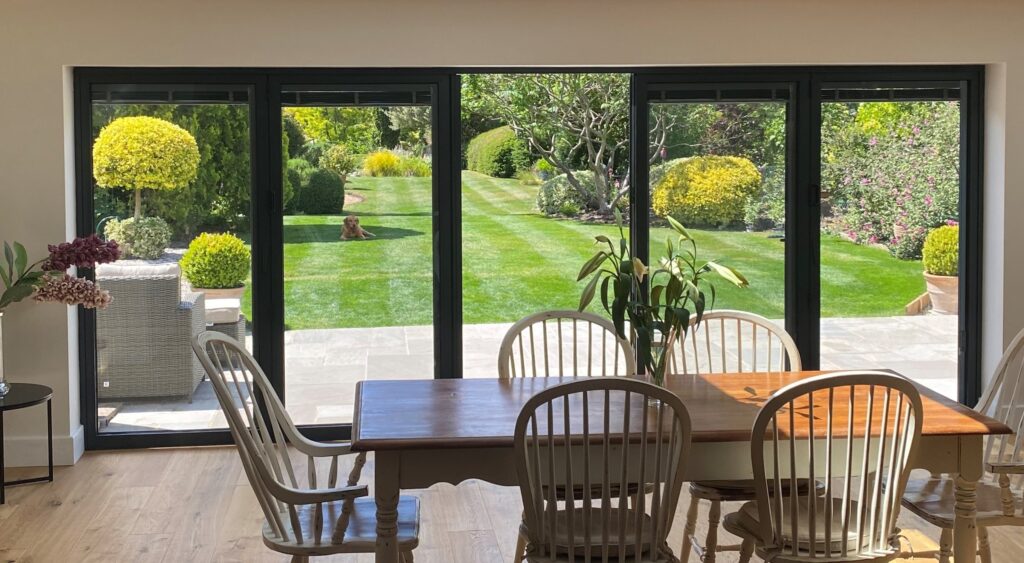Are Glass Doors Safe?
Are Glass Doors Safe? Glass doors have become increasingly popular in modern home design, offering a sleek aesthetic and the ability to flood interiors with natural light. However, many homeowners wonder about the safety implications of incorporating large glass panels into their entryways. Wondering ‘are glass doors safe?’, this blog post examines the security aspects of glass doors, exploring their benefits and potential risks. Understanding Glass Door Safety When considering the safety of glass doors, it’s essential to look beyond common misconceptions. While glass may seem fragile at first glance, modern manufacturing techniques have significantly improved the durability of both the glass and the door frame, enhancing overall resistance to breakage. What are Glass Doors? Glass doors are a stylish and functional choice for modern homes, featuring glass panels that can be made from various types of glass, such as tempered, laminated, or frosted glass. These doors are designed to maximise natural light, enhance the aesthetic appeal of a home, and add a contemporary touch to any space. Available in a range of styles, including full glass, partial glass, and decorative glass doors, most glass doors utilise safety glass to ensure both security and durability. The Evolution of Glass Door Technology Over the years, glass door technology has advanced considerably. Today’s glass doors are far more robust, incorporating various safety features and reinforced materials. Types of Glass Used in Doors When choosing glass for your doors, it’s important to consider the different types available. Laminated glass, for instance, is known for its safety features as it holds together when shattered, reducing the risk of injury. Another option to consider is toughened glass, which provides enhanced impact resistance and safety, making it suitable for external doors and large glass panels. Tempered Glass This type of glass is heat-treated to increase its strength, making it about four times stronger than standard glass. When broken, it shatters into small, relatively harmless pieces. Laminated Glass Consisting of two or more layers of glass, laminated glass holds together when shattered, reducing the risk of injury and forced entry. Double or Triple Glazing Multiple layers of glass separated by Argon gas to provide additional insulation and security. Are Glass Doors Safe? Many homeowners worry that glass doors might make their homes more vulnerable to break-ins. However, statistics and expert opinions suggest that this fear may be largely unfounded. The Reality of Break-in Methods Contrary to popular belief, burglars rarely target glass doors as their primary entry point. Most break-ins occur through unlocked doors or windows, or even by picking handles, with intruders preferring quick and quiet methods of entry. The noise and effort required to break through a modern glass door often deter potential burglars. Enhancing Glass Door Security For homeowners who choose glass doors, there are numerous ways to increase their security features, ensuring peace of mind without sacrificing style. Advanced Locking Systems Modern glass doors can be fitted with multi-point locking systems, for instance, secure the door at several points along its frame, making forced entry extremely difficult. Safety Glass Opting for safety glass in your doors can help to prevent burglaries, or at least deter intruders. Laminated glass features layers bonded with a durable interlayer, making it tough to penetrate even when cracked. Tempered glass, though less resistant than laminated, is up to five times stronger than standard glass, providing the highest level of durability. Smart Home Integration Motion sensors, cameras, and remote monitoring capabilities can alert homeowners to potential threats and deter would-be intruders. Securing Glass Doors for Families When it comes to securing glass doors for families, especially those with young children, safety and security are paramount. One effective approach is to use laminated glass, a type of safety glass designed to hold together even when broken, reducing the risk of injury and making forced entry more difficult. Additionally, ensuring that glass doors are equipped with child-proof locks and hinges can prevent accidental openings and closings, providing peace of mind for families with children. The Benefits of Glass Doors Beyond Security While security is a primary concern, glass doors offer numerous other advantages that make them an attractive option for many homeowners. Energy Efficiency and Natural Light Glass doors allow abundant natural light to enter the home, potentially reducing energy costs associated with artificial lighting. Aesthetic Appeal and Property Value The visual appeal of glass doors can significantly enhance a home’s kerb appeal and potentially increase its market value. Their sleek, modern appearance complements various architectural styles and can create a striking first impression. Versatility in Design Glass doors come in a wide range of styles and configurations, from sliding patio doors to elegant French doors. This versatility allows homeowners to choose options that best suit their specific needs and aesthetic preferences. Glass Doors in Different Home Settings Front Entrance Glass Doors Front entrance glass doors require the highest level of security, making a secure front door crucial for home safety and burglary prevention. Options like reinforced frames, multi-point locking systems, and security glass are particularly important for these high-visibility areas. Patio and Rear Glass Doors While still requiring security measures, patio and rear glass doors may benefit from additional safety features. Find out more about patio and sliding doors here! Interior Glass Doors Interior glass doors, while less of a security concern, still benefit from safety features like tempered glass to prevent injuries in case of accidental breakage. Making the Decision: Is a Glass Door Right for Your Home? Glass doors can be a safe and secure option for homes when properly selected, installed, and maintained. By understanding the various security features available and implementing appropriate measures, homeowners can enjoy the aesthetic and functional benefits of glass doors without compromising on safety. Here at UKO Glass, we supply a wide range of glass types fit for any project, all finished to a high standard. Our oversized glass units are the ideal solution for large patio doors. Whether you’re creating a modern living area or upgrading a commercial property, our
Are Glass Doors Safe? Read More »

